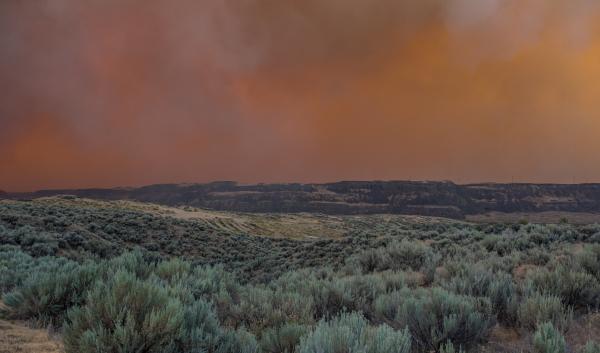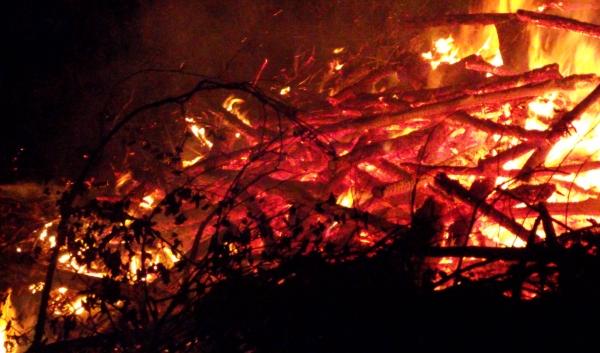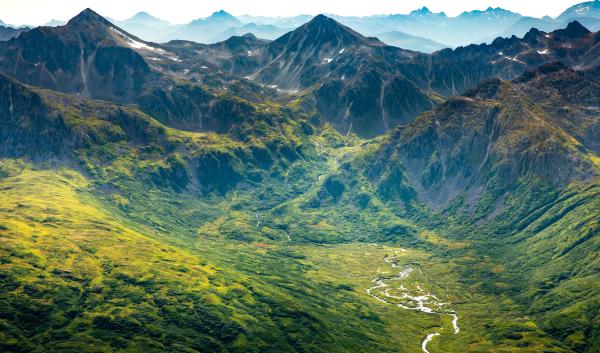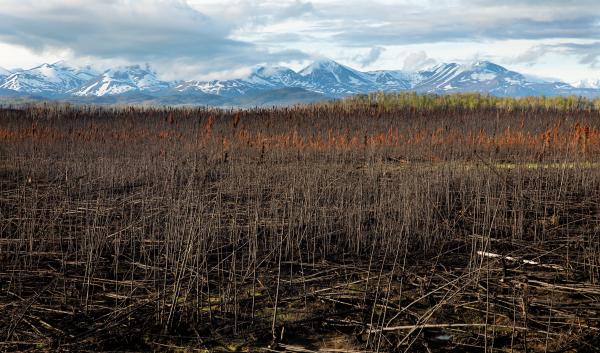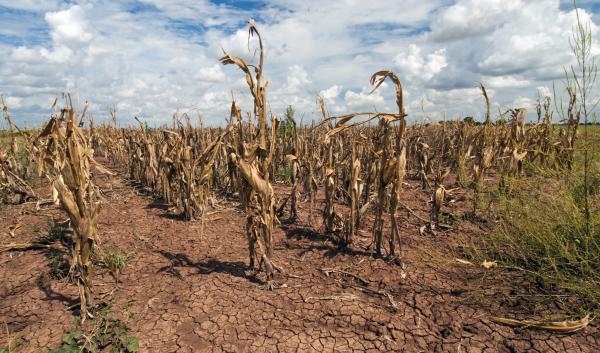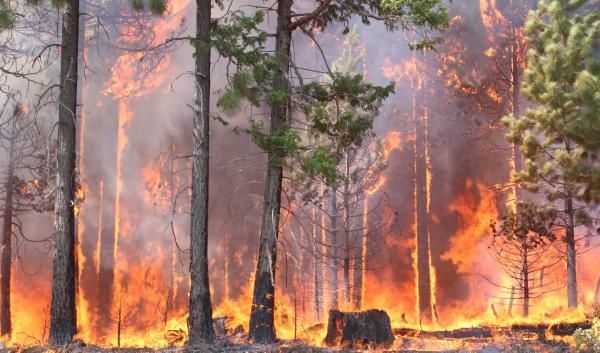Wildfire
Wildfires are unplanned fires that occur in wildlands such as forest, rangelands or grasslands. These extreme events are common in the Western U.S., usually occurring in summer and fall. Wildfire season is defined by the dates of the first large fire and the last large fire control. Since the 1970s, the wildfire season in western states has extended from 5 months to over 7 months in length. Since the 1980s, the annual number of large fires and area burned has significantly increased, with a sizable proportion of the increase in fire activity occurring in the forests of the Northern Rocky Mountains, followed by forests in the Pacific northwest and southwest. In addition, the average burn time of individual fires has grown from 6 days between 1973 and 1982, to 52 days between 2003 and 2012. Increases in large fire activity and area burned have been driven by rising temperatures, reduced winter snowpack, earlier snowmelt, reduced summer precipitation and increased evaporation. Under climate change we can expect the wildfire activity to increase as temperatures continue to warm, lengthening the fire season further, and as drought continues to afflict wildland ecosystems.



